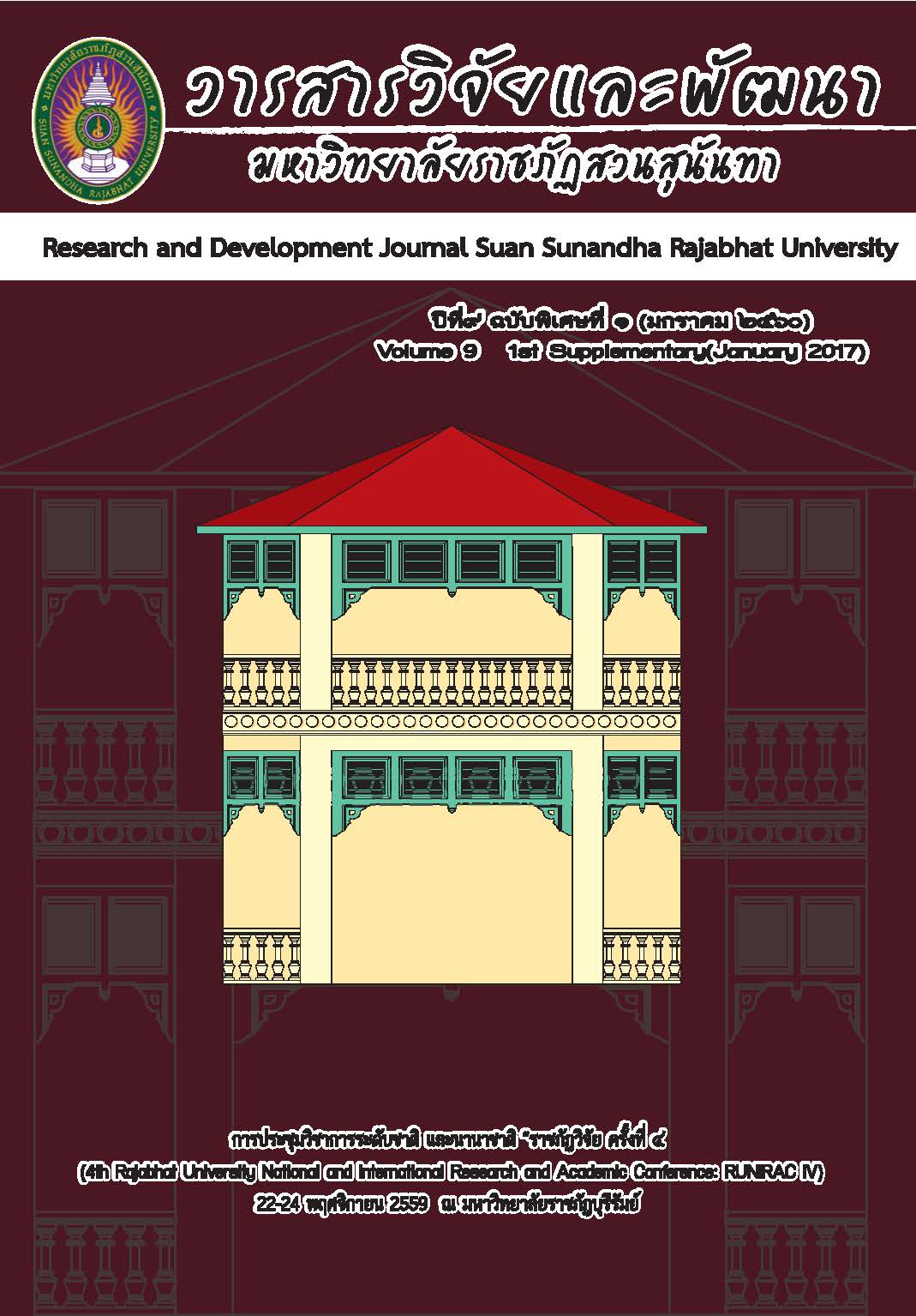-
DOI:
https://doi.org/10.53848/irdssru.v9i1%20SUP.213884คำสำคัญ:
-บทคัดย่อ
-
เอกสารอ้างอิง
Brown. J. D. (2006). Second language
studies: Curriculum development.
In K. Brown (Ed.), Encyclopedia of
language and linguistics. (2nd
ed.; Volume 11, pp. 102-111).
Oxford: Elsevier.
Dudley-Evans, T. & St. John, M.J. (1998).
Developments in ESP: A multidisciplinary
approach. Cambridge: Cambridge
University Press.
Harmer, J. (1983).The practice of
English language teaching. (3rd
ed.). Longman.
Hutchinson T. &Waters A.(1992). English
for Specific Purposes: A learningcentered
Approach. Cambridge:
CUP.
Richards, J.C, Platt, J, & Platt, H. (1992).
Dictionary of language teaching
& applied linguistics. Singapore:
Longman.
Robinson, P. (1991). ESP today.UK:
Prentice Hall International ltd.
Tudor, I. (1996). Learner-centeredness
as language education. Cambridge:
Cambridge University Press.
Twelve cities hidden gems. Retrieved
from http://webcache.googleuser
content.com/search?q=cache:0nU
p_6hBcJsJ:suvarnabhumiairport.co
m/en/cities-hiddengems+&cd=
1&hl=th&ct=clnk&gl=th.
West, R. (1994). Need analysis in
language teaching. Language
teaching journal. 27/1, 1-19.
Wright, C. (2001). The benefits of ESP.
Retrieved from http://www.
camalang.com/art001.htm.
studies: Curriculum development.
In K. Brown (Ed.), Encyclopedia of
language and linguistics. (2nd
ed.; Volume 11, pp. 102-111).
Oxford: Elsevier.
Dudley-Evans, T. & St. John, M.J. (1998).
Developments in ESP: A multidisciplinary
approach. Cambridge: Cambridge
University Press.
Harmer, J. (1983).The practice of
English language teaching. (3rd
ed.). Longman.
Hutchinson T. &Waters A.(1992). English
for Specific Purposes: A learningcentered
Approach. Cambridge:
CUP.
Richards, J.C, Platt, J, & Platt, H. (1992).
Dictionary of language teaching
& applied linguistics. Singapore:
Longman.
Robinson, P. (1991). ESP today.UK:
Prentice Hall International ltd.
Tudor, I. (1996). Learner-centeredness
as language education. Cambridge:
Cambridge University Press.
Twelve cities hidden gems. Retrieved
from http://webcache.googleuser
content.com/search?q=cache:0nU
p_6hBcJsJ:suvarnabhumiairport.co
m/en/cities-hiddengems+&cd=
1&hl=th&ct=clnk&gl=th.
West, R. (1994). Need analysis in
language teaching. Language
teaching journal. 27/1, 1-19.
Wright, C. (2001). The benefits of ESP.
Retrieved from http://www.
camalang.com/art001.htm.
ดาวน์โหลด
เผยแพร่แล้ว
02-09-2019
รูปแบบการอ้างอิง
Nuemaihom, A. (2019). -. Research and Development Journal Suan Sunandha Rajabhat University, 9(1 SUP), 96. https://doi.org/10.53848/irdssru.v9i1 SUP.213884
ฉบับ
ประเภทบทความ
บทความวิจัย
สัญญาอนุญาต
บทความที่ได้รับการตีพิมพ์เป็นลิขสิทธิ์ของ สถาบันวิจัยและพัฒนา มหาวิทยาลัยราชภัฎสวนสุนันทา
ข้อความที่ปรากฏในบทความแต่ละเรื่องในวารสารวิชาการเล่มนี้เป็นความคิดเห็นส่วนตัวของผู้เขียนแต่ละท่านไม่เกี่ยวข้องกับมหาวิทยาลัยราชภัฎสวนสุนันทา และคณาจารย์ท่านอื่นๆในมหาวิทยาลัยฯ แต่อย่างใด ความรับผิดชอบองค์ประกอบทั้งหมดของบทความแต่ละเรื่องเป็นของผู้เขียนแต่ละท่าน หากมีความผิดพลาดใดๆ ผู้เขียนแต่ละท่านจะรับผิดชอบบทความของตนเองแต่ผู้เดียว





